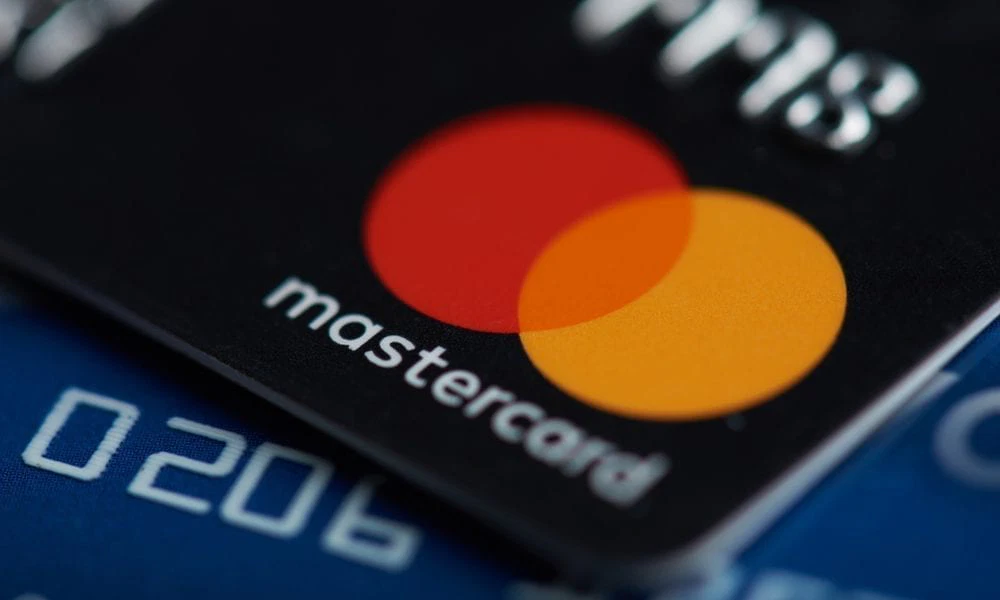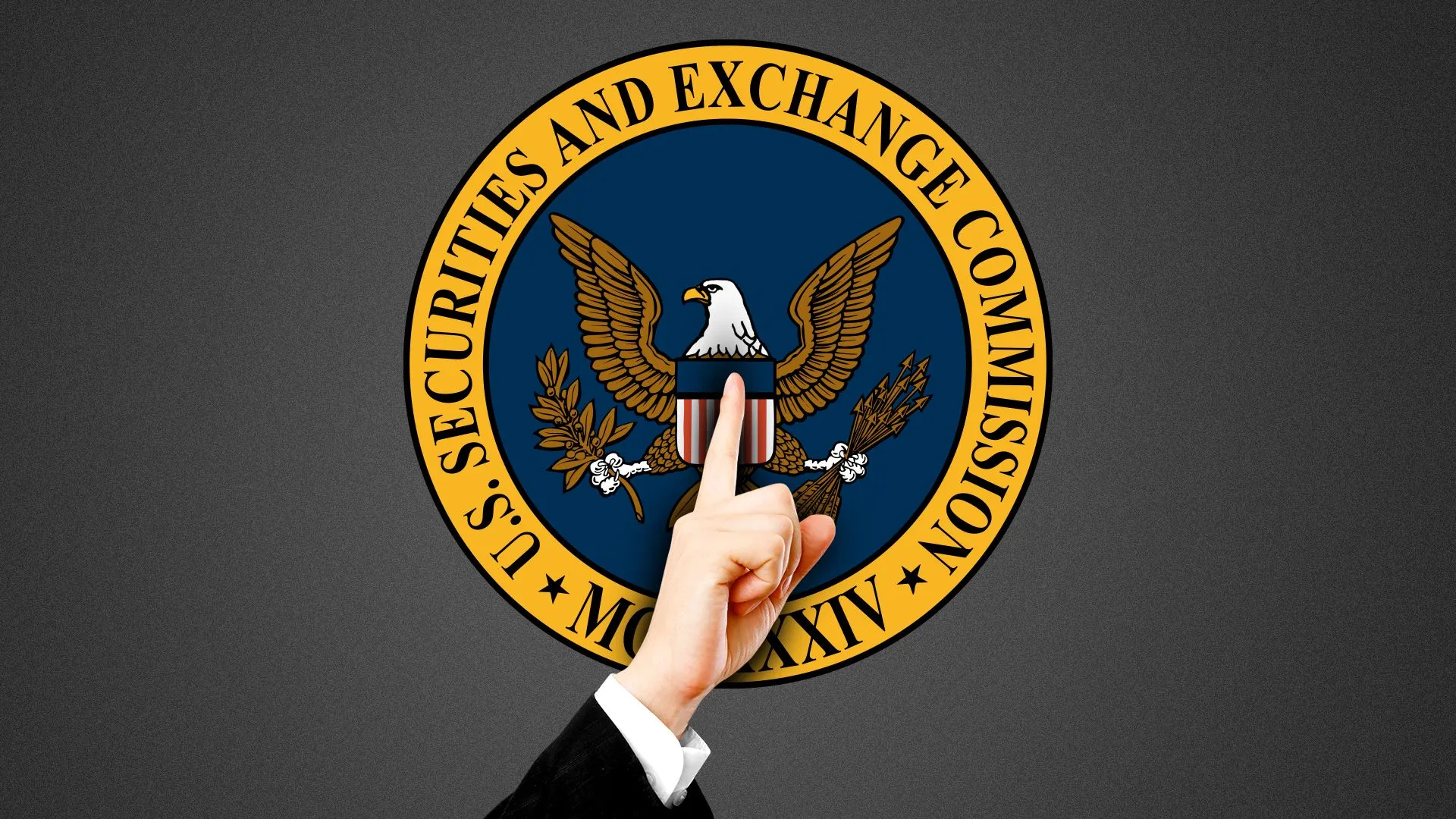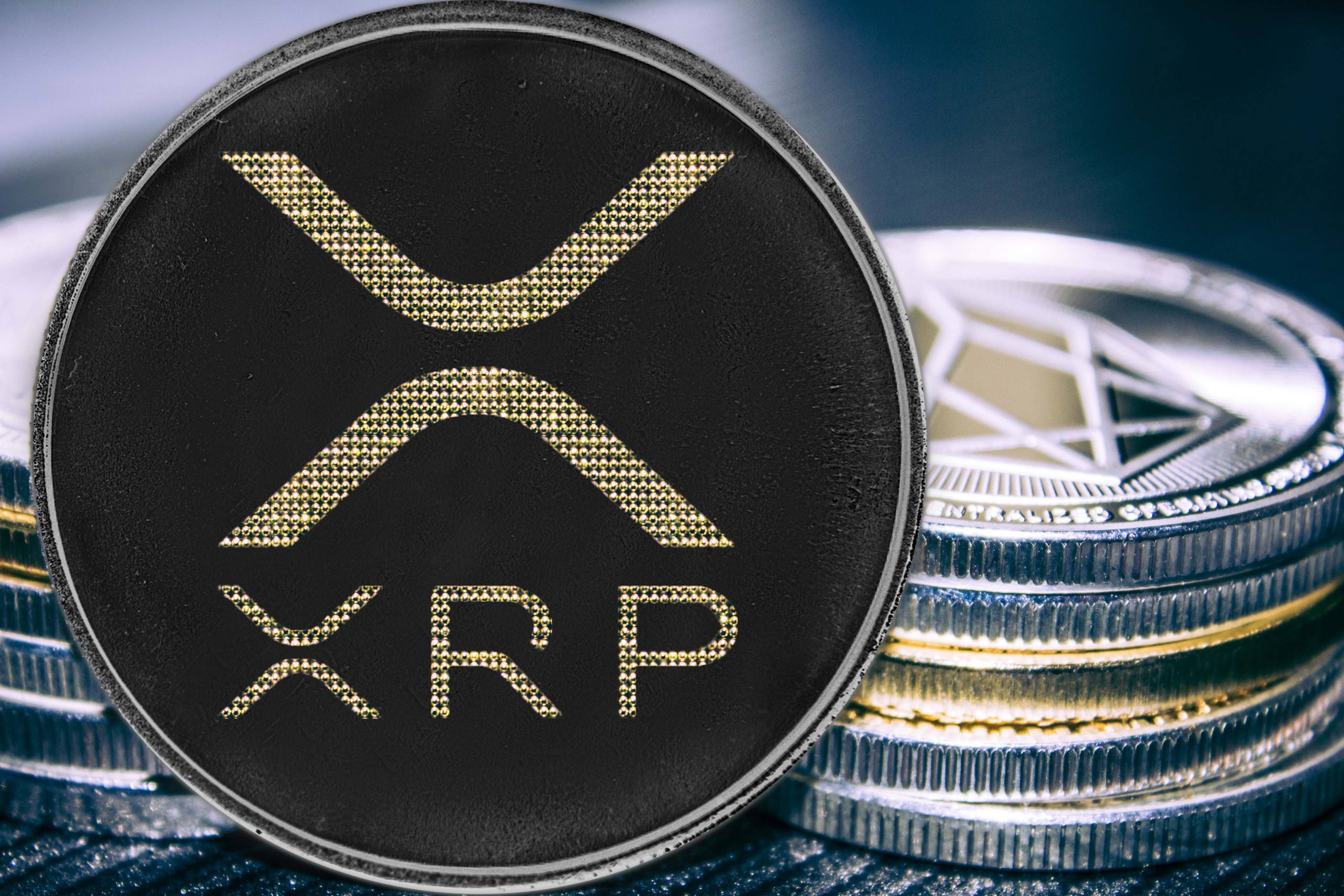|
Getting your Trinity Audio player ready...
|
Mastercard continues to solidify its dominance in the global financial market with its latest innovation: Mastercard Move Commercial Payments. Unveiled at the annual Sibos conference in Beijing, this cutting-edge solution aims to transform the cross-border payment landscape, allowing banks to process international transactions in near real-time with enhanced transparency and predictability.
Key Features Of Mastercard Move Commercial Payments
The new Mastercard Move Commercial Payments solution comes packed with features designed to streamline financial operations for banks and their clients. One of the standout features is the ability to execute near real-time payments 24/7, a critical element in ensuring efficient management of working capital. In today’s fast-paced financial environment, this round-the-clock accessibility gives businesses a competitive edge by enhancing liquidity and minimizing operational disruptions.
Additionally, the platform offers various settlement options that help banks optimize liquidity without compromising their foreign exchange and deposit-related revenue streams. Another key feature is its multilateral arrangement that mitigates counterparty risk, ensuring greater security and certainty in transaction clearing. By leveraging existing investments in SWIFT messaging infrastructure, Mastercard ensures minimal cost and resource allocation for banks when adding new corridors and currencies.
Mastercard’s solution seamlessly integrates with traditional correspondent banking systems, allowing clearing banks to offer these services to institutional clients with minimal operational adjustments. Alongside these core functionalities, Mastercard also offers value-added services, such as risk control and fraud analytics, which are customized to meet the specific needs of banks and enhance their operational efficiency.
Does XRP Fit into Mastercard’s Cross-Border Payments Plan?
While Mastercard’s new solution doesn’t explicitly mention Ripple or XRP, it’s worth noting that Ripple’s native cryptocurrency, XRP, has been making headlines for its potential in cross-border payments. Earlier this year, Mastercard acknowledged Ripple’s superior technology in settling cross-border transactions. However, in the unveiling of Move Commercial Payments, Mastercard has not included Ripple or XRP as part of its offering.
That said, other major players are increasingly considering Ripple’s XRP as a game-changer in cross-border payments. The Central Bank of Russia, for instance, has highlighted the potential of distributed ledger technology (DLT) to revolutionize international transactions, positioning Ripple’s network as a vital player. XRP’s ability to facilitate the conversion of digital tokens into local currencies has been praised for its efficiency and speed in simplifying global money transfers.
Also Read: Stellar and Mastercard Team Up to Streamline Crypto Transactions and Boost Blockchain Adoption
Moreover, Ripple’s partnerships continue to expand, with the company joining forces with the International Rescue Committee (IRC) to explore how the XRP Ledger (XRPL) and its forthcoming stablecoin, RLUSD, could streamline humanitarian aid delivery.
The Future of Cross-Border Payments
As Mastercard Move Commercial Payments hits the global market, the demand for fast, secure, and transparent cross-border transactions is clearer than ever. While Ripple’s XRP may not be included in this launch, the broader adoption of blockchain technology signals that crypto-based solutions could soon play an even bigger role in transforming global financial systems. With Mastercard, Ripple, and other major players pushing the boundaries, the future of cross-border payments looks promising and innovative.
Disclaimer: The information in this article is for general purposes only and does not constitute financial advice. The author’s views are personal and may not reflect the views of Chain Affairs. Before making any investment decisions, you should always conduct your own research. Chain Affairs is not responsible for any financial losses.
I’m a crypto enthusiast with a background in finance. I’m fascinated by the potential of crypto to disrupt traditional financial systems. I’m always on the lookout for new and innovative projects in the space. I believe that crypto has the potential to create a more equitable and inclusive financial system.




